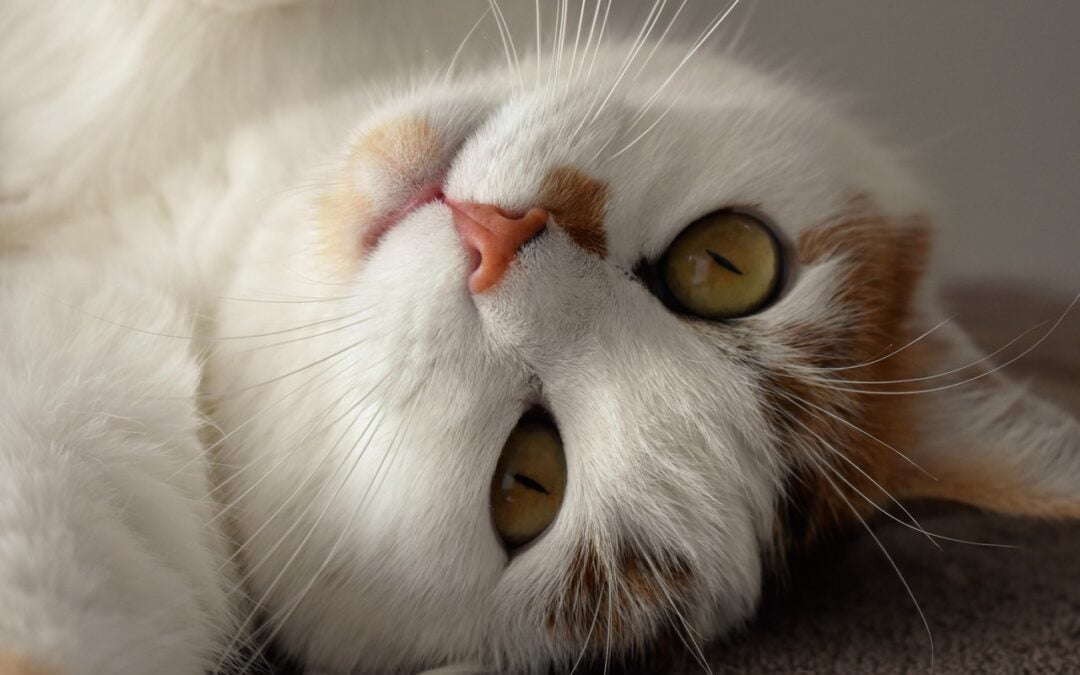The eyes are very sensitive organs in our cats, so we must be attentive to any sign that indicates that something is wrong. Not receiving treatment can cause the cat to lose vision and even the eye.
These are the most common diseases in cats, those they can acquire and even transmit to a human and their respective treatments.
Conjunctivitis in felines
Conjunctivitis is a very common disease that consists of inflammation of the conjunctiva, which is the area that covers the eye. It can have different causes, for example, a foreign body that gets into the eye. In this case, the symptoms will be unilateral.
But it is more common for conjunctivitis to occur in young cats and in communities due to an infection such as that caused by herpesvirus. Cats that have overcome this infection can relapse in times of stress.
Symptoms include:
- Yellowish and abundant discharge. If we do not clean it, when it dries on the eyelids it forms crusts that will keep them glued. – Redness.
- Photophobia, the cat is bothered by light and keeps the eye closed as much as possible.
- The most common is that it occurs in both eyes.
- In addition, in conjunctivitis caused by herpes virus, we will observe respiratory symptoms, with nasal discharge, fever, cough, anorexia, etc.
These cases are very contagious, so it is very important to go to the vet at the first symptom to quickly control the spread of the virus and, in addition, prevent the eye infection from ending up perforating the cornea, causing blindness.
It is treated with topical antibiotics in the form of eye drops or ointment. It is very important that before applying any medication we clean the eye well. We can do it with a cotton ball or gauze soaked in warm water or serum. We will pass it from the inside to the outside of the eye to remove scabs and secretions. A different gauze is used for each eye.

Dendritic ulcers in cats
Ulcers are wounds that occur in the cornea, which is the surface layer of the eye. They can be due to trauma, scratches, foreign bodies, or viral infections. It is very common that they occur as a complication of rhinotracheitis caused by herpesvirus.
Rhinotracheitis is a viral disease that causes respiratory symptoms characterized by abundant nasal and ocular discharge, cough, anorexia, dehydration, fever, etc. The effect of the virus on the eyes causes the characteristic dendritic lesions, due to their structure similar to the dendrites of neurons.
See Also: Common eye diseases in cats
It is common in cats that live in colonies on the street because they are the ones that suffer the most from the virus. Rhinotracheitis is very contagious, so it spreads easily among unvaccinated and more vulnerable cats such as the young, old, sick, or poorly nourished.
Herpesvirus is capable of causing ulcers of a certain depth that, if left untreated, end up perforating the cornea. The cat will go blind and the eye may eventually prolapse, necessitating its removal. This can happen in one or both eyes.
Sometimes we can observe this type of ulcer in healthy cats that have had rhinotracheitis, becoming carriers of the virus. The veterinarian is the one who must assess the severity of the injury and decide the treatment. Ulcers are painful, therefore, and due to the complications that it can cause, we should not leave them unattended.
Uveitis in kittens
It is a relatively common eye disease in which inflammation of the uvea occurs, which is a structure that surrounds the inside of the eyeball. It is important to treat it to avoid further damage, but also because it is a symptom that can appear in serious diseases such as the following:
- Toxoplasmosis.
- Feline leukemia.
- Immunodeficiency.
- Feline infectious peritonitis (FIP).
- Bartonellosis.
- Fungal diseases
- Herpesvirus.
Furthermore, uveitis can be associated with trauma. Various degrees of severity are distinguished depending on the structures that are affected. Thus, we speak of anterior, intermediate, or posterior uveitis.
The symptoms that alert us to the appearance of uveitis are:
- Pain.
- Photophobia.
- Profuse tearing
- The eye conveys the sensation of being smaller and softer to the touch.
- Visualization of the third eyelid, a protective ocular structure in the lower margin of the eye that is not appreciated under normal conditions.
The treatment is based on the identification of its cause essential to guide the veterinary interventions necessary to solve it. In addition, given the severity of some of them, it is important to go to the clinic immediately.
Glaucoma in Cats
This disorder in the eye is due to an increase in intraocular pressure, which can have different causes. Aqueous humor is produced in greater quantity than is eliminated, thus causing an increase in pressure.
It is a veterinary emergency because the process that is triggered is capable of damaging the optic nerve and that is a cause of blindness. It affects older cats, often associated with other pathologies such as tumors, uveitis, or trauma.
Any symptoms of eye injury should make us go to the vet because in cases such as glaucoma if we wait to see the enlarged eye or the dilated pupil we may already be too late to avoid blindness.
The diagnosis is easily confirmed by measuring intraocular pressure. It may be more complicated to diagnose the cause. It is essential to medicate to return the pressure to normal values and control the pain.


Recent Comments